Owls will hunt in lakes and marshes, but you may also observe them in public spaces like cemeteries and city parks.
The astounding variety of scenery in Tennessee span from the river areas close to the powerful Mississippi to the soaring peaks of the Appalachian Mountains.
Even while owls can occasionally be found here during the day, your chances of seeing one are more likely to be high in the early morning or late evening.
In Tennessee, owls of many different species may be found. Barred, eastern screech and great-horned owls are a few of them. These owls each have distinctive traits and behaviors of their own.
If you don’t know what the different species of owls in Tennessee are and where and how they live, then this guide will help you with everything.
| Image | Name |
|---|---|
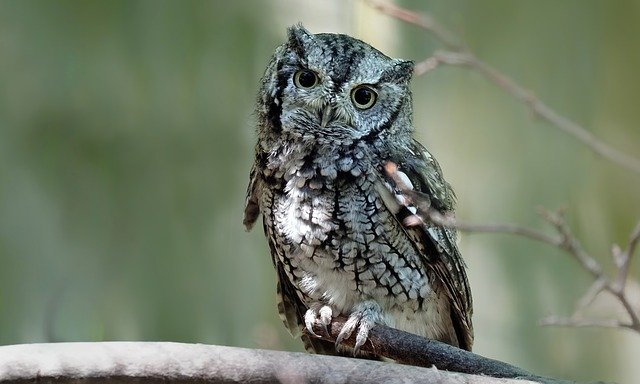 | Eastern Screech-Owls |
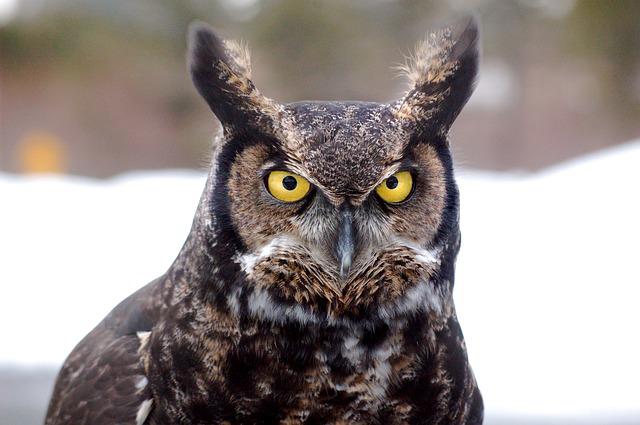 | Great Horned Owl |
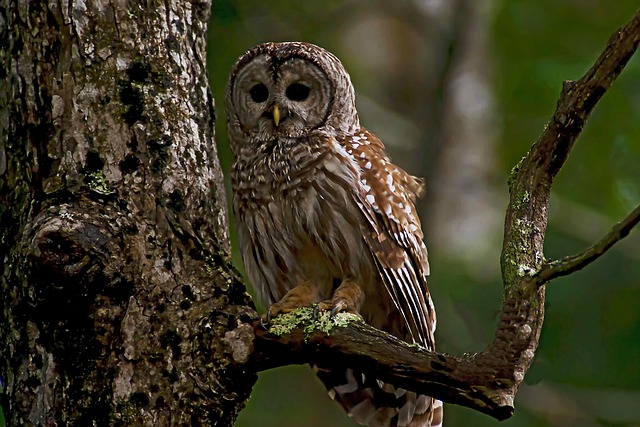 | Barred Owl |
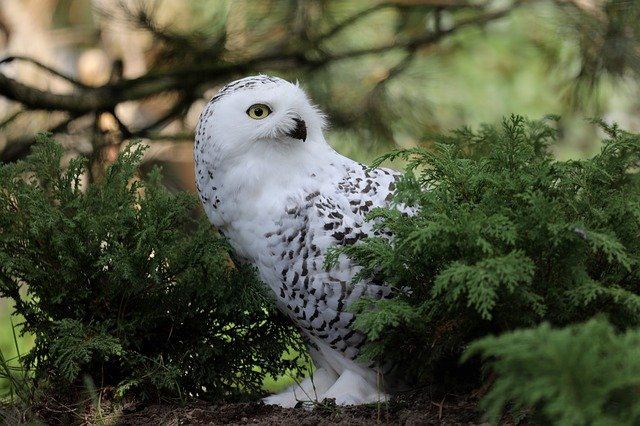 | Snowy Owl |
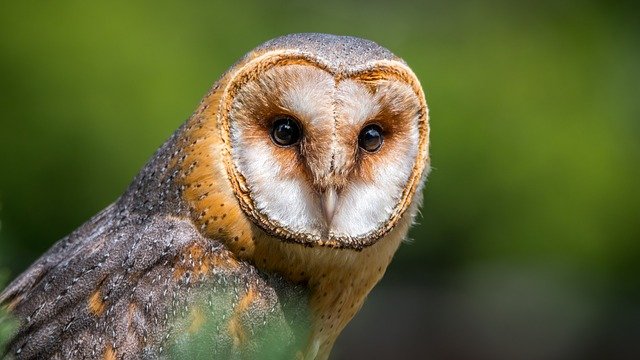 | Barn Owl |
 | Short-Eared Owl |
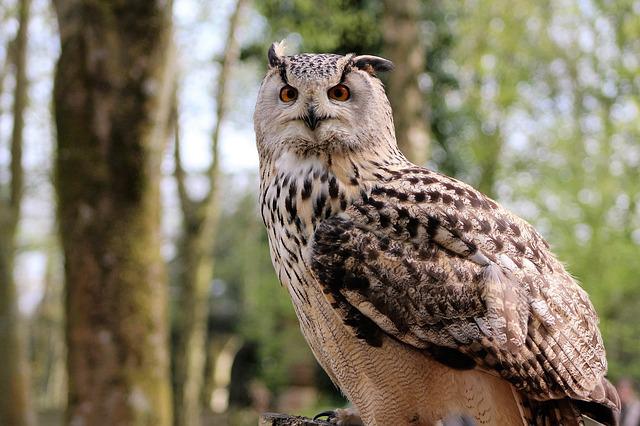 | Long-Eared Owl |
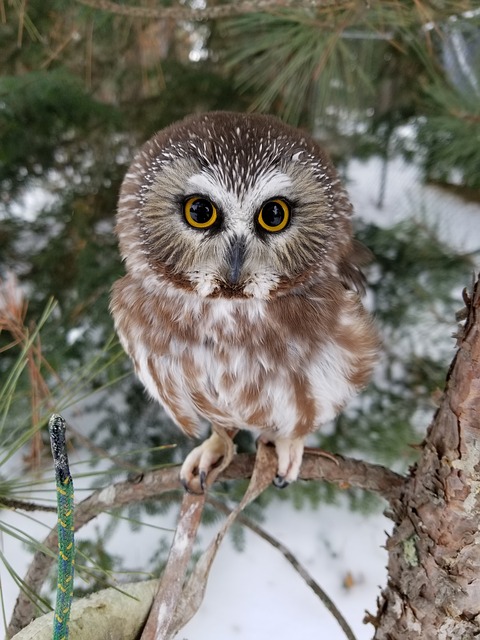 | Northern Saw-whet Owl |
Different Species of Owls in Tennessee
We’ll examine each of these species in more detail and discover more about their behaviors and habitats below.
1. Eastern Screech-Owls

In the eastern United States and some portions of Tennessee, forested regions are home to eastern screech owls. They are most frequently encountered in eastern and central regions.
They frequently utilize artificial nesting boxes but prefer to nest in tree holes. An Eastern Screech Owl can be distinguished in a number of ways. Their call is one way.
The calls of the males and females are distinct, with the male’s trill having a higher pitch and the female’s having a lower, deeper tone. They can also be recognized by their size and coloration.
Color
They might be gray or reddish in hue, with darker bars or stripes on their breast. Although they hunt mostly at night, eastern screech owls occasionally go out during the day.
Food
They swoop down from a perch to catch small animals and insects, which make up the majority of their food. These owls are intriguing and useful creatures to have around, despite being rather quiet and often ignored.
2. Great Horned Owl

A Great Horned Owl is among the most adaptable birds there is. Tennessee is home to the Great Horned Owl, one of the most widespread owls in all of North America.
These huge birds have bright eyes and unique ear tufts that are real feathers. In fact, from the Arctic south to the tropics, these raptors may be found practically wherever in North America. As long as there are trees and nesting areas available, its habitat is almost limitless.
Food
Strong hunters and great-horned owls will consume almost anything they can capture, including skunks and rabbits. Although these owls hunt primarily at night, occasionally, you may spot them out during the day.
3. Barred Owl

One of the most prevalent owl species in Tennessee, the barred owl, may be found all around the state. These owls are huge, rounded-headed birds without ear tufts.
You will probably hear a barred owl before you see it if you are fortunate enough to witness one in the wild. Their main color is brown, with white stripes on the chest and belly, and they have dark brown eyes.
Although these owls hunt mostly at night, they occasionally do it during the day as well. They will swoop down and capture something when they spot it with their strong talons.
Food
Small mammals like mice and voles are the main prey of barred owls, although they will also consume birds, reptiles, amphibians, and invertebrates.
4. Snowy Owl

The Snowy Owl belongs to the usual owl family and is a big, white owl. Males have more black feather specks than females, who are virtually entirely white.
Young owls have prominent bars and brown and white streaking. Although the Snowy Owl is one of the largest in its family, it is a swift predator because of its broad wings and ability to glide close to the ground.
Food
It mostly preys on lemmings and other tiny rodents, but it will also eat any mammal it can find and birds up to ptarmigan size.
One of the most migratory birds in the world, the Snowy Owl’s population varies significantly from year to year. Being an irruptive species, it might sporadically manifest in huge numbers outside of its typical area.
In general, the Snowy Owl is a quiet owl. When it does vocalize, it often makes short, sharp hoots; the female’s sound is worse than the male’s. The Snowy Owl hunts at night, like the majority of owls do.
5. Barn Owl

When it comes to living conditions, Tennessee’s barn owls are reputed to be a little more accommodating than those in other states.
If you know where to look, the barn owl, a natural citizen of Tennessee, may be seen with ease. With their large wingspan and lofty body, these brave birds may appear to be gigantic, but they are actually far more interested in hunting little animals than annoying you.
Simply seek for the white shapes soaring across wide expanses at night to identify barn owls. They have a loud call that may be heard at night, and they are known to mate with the same owl partner for multiple seasons.
Habitat
These birds can be found in fields, next to meadows, near forests, and even in urban areas. Even small cemeteries close to marshy regions are reported to be frequented by these spectral white creatures.
These popular owls may be seen all year round in Tennessee, but since they are known to spend time breeding in the spring and fall, those are the seasons when you could have a higher chance of seeing one of their unusual pairings.
If you think you might be able to spot one of these amazing birds nearby, consider going outside between sunrise and sunset, as it is known that they spend time searching for food between these times.
6. Short-Eared Owl

You were correct to assume that these owls had little ear tufts. Owls have ear tufts that assist guide sound to their ears so they can hear prospective predators and engage in hunting.
The ear tufts of short-eared owls are tiny and resemble little horns. These owls may be identified by their characteristic brown and white mottling that is bordered by black bars. The eyes are golden and have heavy black outlines around the cream-colored face.
The fact that they are active throughout the day makes it even simpler to notice them than their striking look would otherwise suggest. They even have a distinctive flying pattern that is similar to a moth, which makes identification much easier.
Habitat & Food
They don’t love woody places as many owls do. They prefer wide-open spaces like meadows and fields where they may sit on the ground and listen for potential prey.
They then take to the air and plunge down to capture their prey, which might include bats, rats, mice, lemmings, rabbits, and shrews. Even their nests are underground. Only in the winter do short-eared owls spend time in Tennessee.
7. Long-Eared Owl

The term “long-eared owl” comes from the extremely lengthy ear tufts on these birds. With hints of buff or orange, the tufts are mostly black. Between their bright eyes are two white lines.
They have brown bodies that are spotted and thin. These nocturnal raptors forage on meadows or open spaces while nesting in trees. They frequently make hoots, squeals, and barks that are easy to recognize.
They speak loudly. They can fly extraordinarily long distances, although they typically only migrate at night.
Range
Birds that migrated from Canada to Mexico in a single year have been identified by researchers. Anyone who lives in or travels to Tennessee in the winter should keep an eye out for this owl.
Just be aware that they are uncommon and difficult to locate. Keep a watch out for these unusual owls where these rodents are prevalent since they prey on creatures like mice, voles, and gophers.
8. Northern Saw-whet Owl

Northern Saw-whet is a very small owl species in the world. There is a strong likelihood that the owl you see is a Northern Saw-whet if it is the size of a robin.
Of course, tremendous attractiveness comes with modest size. These little owls have short necks, small feet, and huge, rounded heads. The black line that resembles false eyelashes covers the golden eyes.
Unfortunately, because they only visit Tennessee during the winter, it’s difficult to view these owls. Even though their sounds are not very loud, once you hear them, you can tell it is a Northern Saw-whet.
The calls have “toot-toot-toot-toot” sounds that resemble a toy train. Some compare it to sharpening a hand saw on a whetting stone. These owls enjoy taking peaceful breaks among old trees.
Food
Typically, saw-whets eat tiny animals. They like white-footed mice and deer mice the most frequently. But they might also go after squirrels and chipmunks.
House mice, harvest mice, and bats. The singing of other birds bothers these owls. Avoid regions where other birds are singing loudly if you’re seeking them in the woods.
Conclusion
This discussion explains the different species of owls in Tennessee. We have explained their behavior and living habitat along with other important info.
For more, see FAQ.
FAQ
Do owls prefer to stay awake at night?
Owls are always known for staying awake at night in search of their prey. They prefer to stay awake at night.
Last Updated on March 22, 2023 by Lily Aldrin
